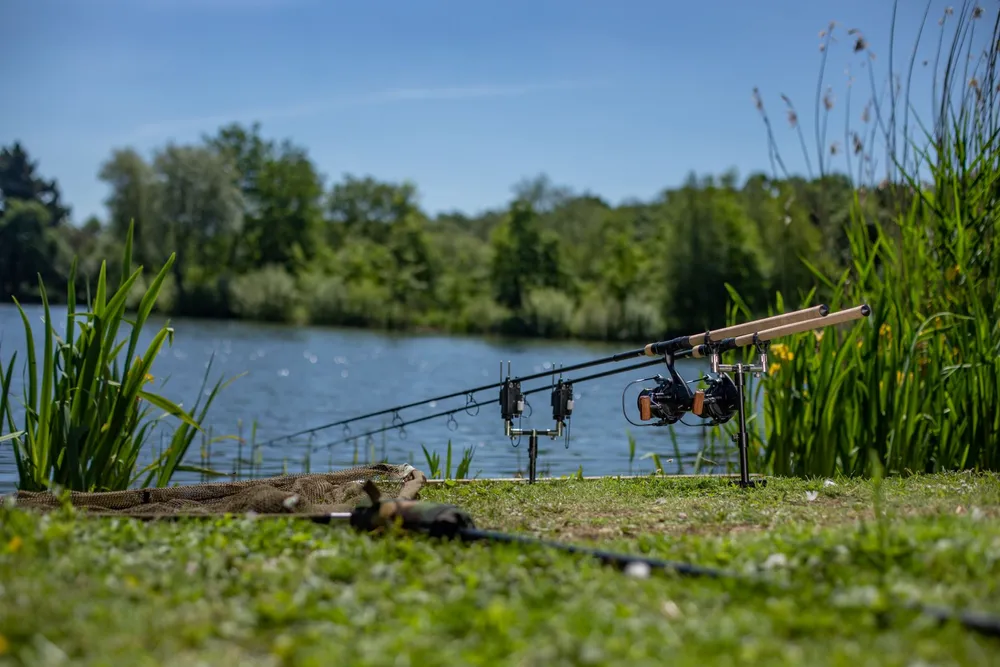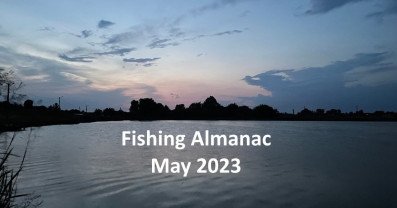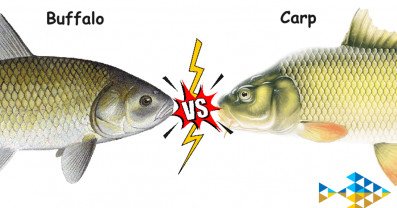The Minimalist Approach: Stalking Carp with Freelining Techniques
The Minimalist Approach: Stalking Carp with Freelining Techniques
Freelining offers a refreshingly simple yet profoundly effective approach to carp fishing. It's a method that strips away the complexities of modern angling, providing a direct connection with the fish. This guide explores how to stalk and catch carp using just the basics, demonstrating the effectiveness of this minimalist approach.

Embracing Simplicity: Essential Gear for Freelining
One of the defining features of freelining is its focus on minimal gear. While the approach is simple, you may require:
- Landing Net: For safely landing your catch, which is essential when you are fishing at such close range.
- Unhooking Mat: Protects the carp during the unhooking process, and also doubles up as a bag to keep your tackle in.
- Waist Pouch: To keep your chosen bait readily accessible as you are moving around the lake.
- Catapult: For pre-baiting, which will get the fish feeding.
- Rod and Reel: A 9 to 11-foot rod with 8lb line on a fixed spool reel. This is ideal when you are casting short distances.
The Minimalist Rig: Hook and Line
The freelining rig is perhaps the simplest of all carp rigs. It consists of just a hook tied directly to your mainline. Choose a mixer hook, which has a thin light wire. This helps to ensure that the bait does not sink too quickly.
To tie this simple rig:
- Thread the hook onto the line.
- Tie a half-blood knot (or any strong knot) to secure the hook.
- Wet the knot, pull it tight, and trim the tag end.
Polarized sunglasses are also very useful as they reduce the glare and help you to spot the fish.
Mastering the Art of Observation
Locating your quarry is essential to effective freelining. Look out for the following:
- Surface Bubbles: Small, frequent bubbles indicate feeding fish, and are a great sign that you should start fishing.
- Visible Fish: Carp cruising near the surface often reveal themselves in clear water.
Freelining Techniques: Stalking and Presentation
Freelining offers a unique type of fishing, whereby you stalk and intercept the fish. Here are some key tactics that will ensure success:
- Short Range: Freelining is best suited to close range.
- Strategic Casting: Cast slightly ahead of the fish's path, allowing the bait to settle naturally.
- Avoiding Direct Impact: Never cast directly onto the fish, as this is likely to spook them.
Bait Choices for Freelining
Bait selection is an important part of freelining, but the choice will largely depend on what you want to achieve. You will need to take into account the distance that you are casting.
- Bread: Great for fishing on the surface or in the upper layers.
- Corn: Use when fishing in the margins.
- Maggots: Another option when fishing in the margins.
If you want to fish slightly further out, then try using dog biscuits.
The Visual Take and Strike
When freelining for carp, you're not just waiting for a bite; you're actively observing and waiting for that take. Once you see the bait disappear you must react quickly. Once you see the bait has been taken, set the hook quickly and firmly to secure your catch.
- Direct Connection: The lack of floats or weights allows for a more direct connection with the fish, enhancing the overall experience.
- Visual Element: The most exciting part of freelining is seeing the carp take the bait.
Seasonal Timing for Freelining
The spring and summer months are particularly well-suited for freelining, as the warmer temperatures bring carp closer to the surface and into the margins. However, freelining can also be effective all year round if you are able to locate the fish.
- Spring: This time of year is particularly good for freelining as the surface waters are warm first.
- Summer/Autumn: As the weather gets warmer, the water warms up and the fish are not just confined to the surface, making them slightly harder to catch using freelining tactics.
The Thrill of the Chase
There's a certain thrill to freelining—the act of stalking fish, the visual confirmation of the take, and the direct connection to the fish. Freelining provides a great way to actively stalk your chosen quarry.
Conclusion
Freelining for carp is a brilliant method that offers you the opportunity to pick out your target fish. It is a minimalist method that takes you back to basics. By understanding the basic techniques, you can be stalking and catching carp on the surface in no time at all.



